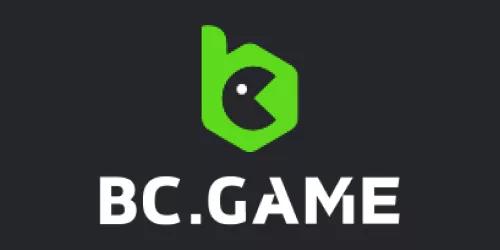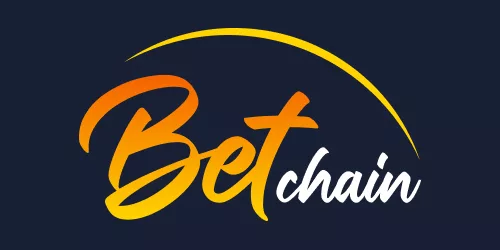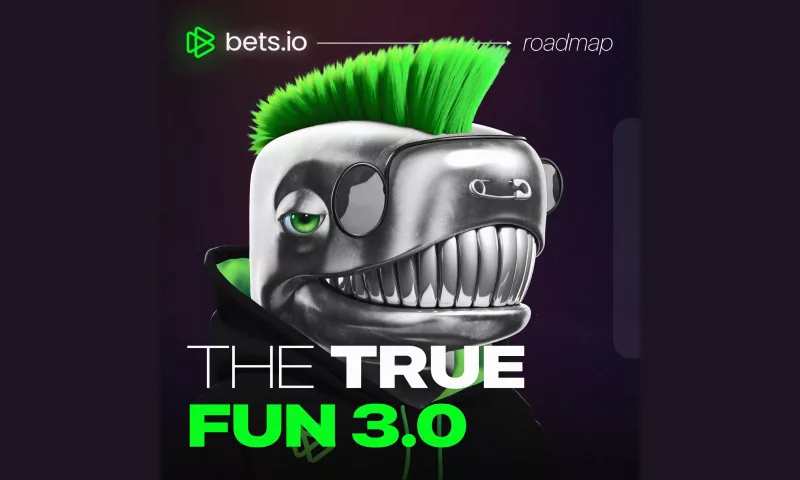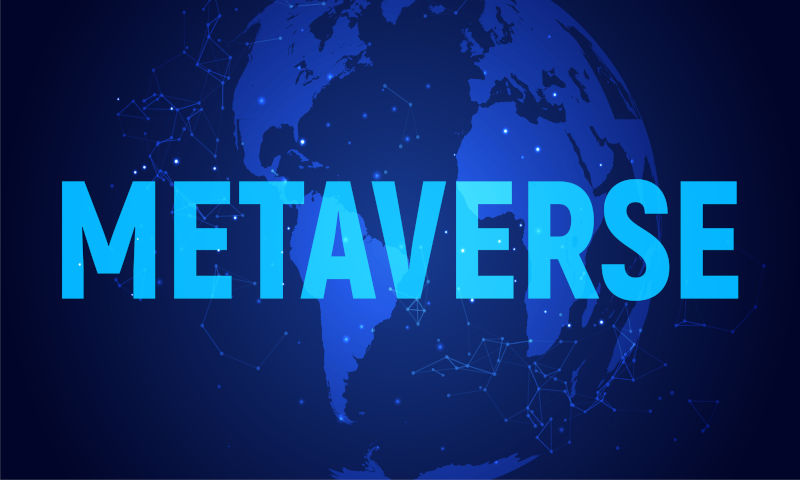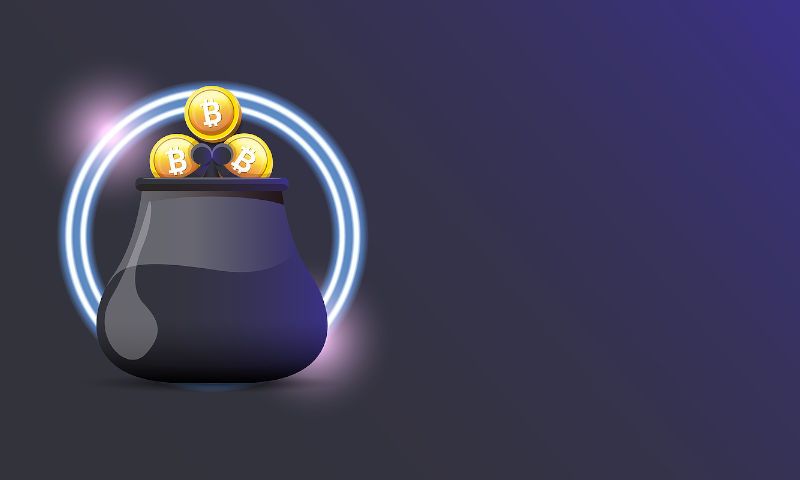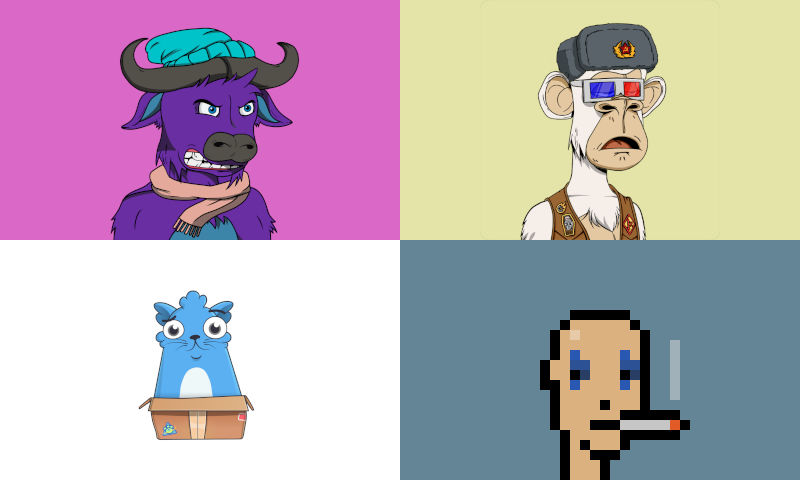
NFTs have become a craze unlike any other, gaining attention from all walks of the internet. Whether you are a gamer, an artist, a real estate agent, or even an environmental activist, you have most likely heard of NFTs.
NFTs provide incredible opportunities for the art and other industries alike, ensuring security, proof of ownership, heightened accessibility, and much much more. But even with all these exciting opportunities presented, some issues are looming. All those “NFTs are bad” users on the internet may not be as relentless and silly as they seem. There are some clear problems in the NFT space, and although they are not unsolvable or as detrimental as they seem, they are still issues that need to be addressed.
Today we will be covering what NFTs are, “why are NFTs bad”, as well as why and how these issues can be overcome.
Table of Contents
- What are NFTs?
- Why are NFTs Bad for the Environment?
- Why are NFTs Bad for Artists?
- Why are NFTs Bad for Gaming?
- Why are NFTs Bad for the Economy?
- The Problems With NFTs And The Solutions
What are NFTs?
NFT is an abbreviation for Non-Fungible Tokens. “Non-fungible” is a reference to something that is unique and can not be replaced by another. Bitcoin is fungible in the sense that trading one Bitcoin for another would give you the same asset or value.
These unique and non-interchangeable units of data are stored on a digital ledger, known as a Blockchain. Blockchain technology provides secure proof of ownership certificate for your asset on an incorruptible ledger.
NFTs are not limited to digital art and can vary from images to game characters or audio clips, and so much more. You can learn more about NFTs and their possibilities in our ultimate guide to NFTs, but for now, we will be moving on to the problems of NFTs.
Why are NFTs Bad for the Environment?
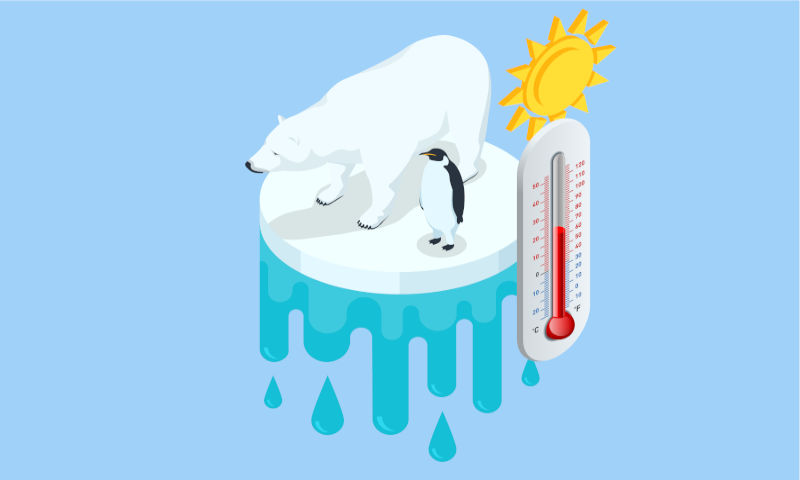
When people say NFTs are bad for the environment, they are not exaggerating. Most NFTs are created and minted on the Ethereum network, a previously proof-of-work blockchain with a high energy consumption rate.
It is estimated that minting a single NFT on a proof-of-work network can consume the same amount of energy as an average American household uses in roughly 47 days. The processing power needed to complete these complex digital mathematical puzzles is unsustainable and is eating away at the world’s energy supply.
But it is not all gloom and doom, as proof of work blockchains are not the only option. Recently, the biggest NFT network, Ethereum, has switched over to a proof-of-stake consensus to reduce its gas fees and energy consumption. Even if Ethereum is not as conservative as you would like yet, there are other greener options out there, such as Solana (SOL), Cardano (ADA), and Tezos (XTZ). Additionally, NFT platforms and blockchains are finding ways to work around the energy crisis and still bring you innovative technology.
Nifty Gateway, a renowned NFT marketplace, pledged to become carbon neutral by 2022, and many others are investing in renewable energy resources or switching to proof of stake. While the environment was and still is an issue, the crypto community is conscious and willing to change, you just have to find the right fit for your environmentalist needs.
Why are NFTs Bad for Artists?
So what is the reason everyone in the art community hates NFTs? There are a few reasons, and while NFTs have mostly given artists the ability to share newer and more valuable versions of their art, there are still plenty of limitations.
Because the NFT market is still fairly new and largely unregulated, copyright and intellectual property are still grey areas. For example, Disney, would most likely not be able to prosecute all the artists creating “fanfic” artworks of their content. And if the big mouse can’t beat the system, the small guy has even less luck.
With the lack of regulation also comes the risk of scams, or rug pulls. Projects promising the moon and stars for a hefty price could disappear overnight and avoid any responsibility. We have seen some people and projects face consequences for their actions, but the Squid Game knockoff promising a P2E game made it out unscathed of any lawsuits or liability.
The “I could just screenshot your NFT” debate isn’t even the top concern, as selling a print vs the original Mona Lisa would never fetch the same value. And with royalties and resale commissions coming into play, the art world has more advantages than ever through NFT technology. You are truly captivating immutable ownership when working with NFTs. It remains the user’s responsibility to vet these projects before buying their NFTs. Make sure you are contributing to an ethically sound project and doing your own research about their longevity, goals, and team members.
Why are NFTs Bad for Gaming?

No industry is resistant against ponzi schemes, they always seem to find a way to wiggle themselves in. While NFTs provide so much positive change and acceleration for the gaming industry especially, there are still some issues that need to be worked out before we can truly enjoy the benefits.
Referral programs and unfair starting advantages make it hard for players to truly play-to-earn, pushing us back into the dreaded pay-to-win era of gaming. And while these features are essential for promoting the game and appealing to a wider audience, they can pose a risk to the long-term plausibility of the game. No newbie wants to fight a player who has unlocked all the character’s max CPs by simply getting referral commissions. It would be impossible to level up from there.
And again, environmental impact is even more largely seen when gaming and NFTs collide. Some players spend hours grinding a game, devouring excessive amounts of energy with the incredibly hungry GPUs, only to walk away with an NFT that costs more to mint than it’s worth. One of the Minecraft developers made this point.
But this is not the end of the NFT gaming round, as there are so many incredible projects out there that are addressing these issues and bringing their users solutions. Axie Infinity, Crypto Kittys, The Sandbox, Gods Unchained, and more. Axie Infinity has recently upgraded its system to allow users to merge or upgrade assets to make them more powerful and unique, as well as increase resale value.
Why are NFTs Bad for the Economy?
Sure, the NFT space lacks regulations and the copyright issues go unnoticed, but that doesn’t mean they are the end of the economy. That’s mostly likely credited to big companies like Amazon paying their employees below the poverty line for 16 hours of work a day.
Money laundering however is a big issue, as this goes detrimental to the well-being of nations as the rich and elite hoard their millions in images of pixelated punks. With the lack of regulations, this is likely to continue. But with all the noise NFTs have made in the last two years, and big companies like Universal Studios and Disney looking at ways to adopt the technology, government regulations can not be too far away.
Scams are another economic issue that seem to prevail in an unregulated industry. But this is not new to NFTs, and it is a problem that consumes the world. Weight-loss pills, princes from strange lands, and so on. But all these issues seem to be in line with the lack of regulations, and while this is a touchy subject for the cryptocurrency community, more regulations would mean more consequences for malicious activities and a safe ecosystem overall.
The Problems With NFTs And The Solutions
As we have discussed, there are clear problems within the NFT space and the blockchain technology world as a whole. But that’s the thing about problems, they offer the opportunity to find solutions and give the community a way to create a happier, healthier, and more innovative NFT ecosystem for creators and buyers alike.
NFTs are still very new, and while they have been making headlines, there is still a lot of growth potential under the surface. Imagine if gaming stopped at PacMan, while iconic, was not the full potential threshold. The same can be said for NFTs, there is still so much to be done and work to be put in, don’t dismiss it just because it isn’t perfect. Plenty of projects and people are working tirelessly to bring about change.
Regardless of the issues, NFTs offer a whole world of possibilities and benefits for artists, musicians, events, gaming, fashions, and more. With a positive mindset and determination, the cryptocurrency community is sure to create a safer NFT space for its users and the environment. It is valid to be critical, only with intervention can problems and solutions be sought out and solved.
We only ask that you give NFTs a chance, as you give an infant the time and space to learn to walk, only to watch it run eventually. With that, we bring to an end the problems of NFTs, we hope you learned a few things along the way and saw for yourself that NFTs are not as bad as the mainstream makes them seem.

